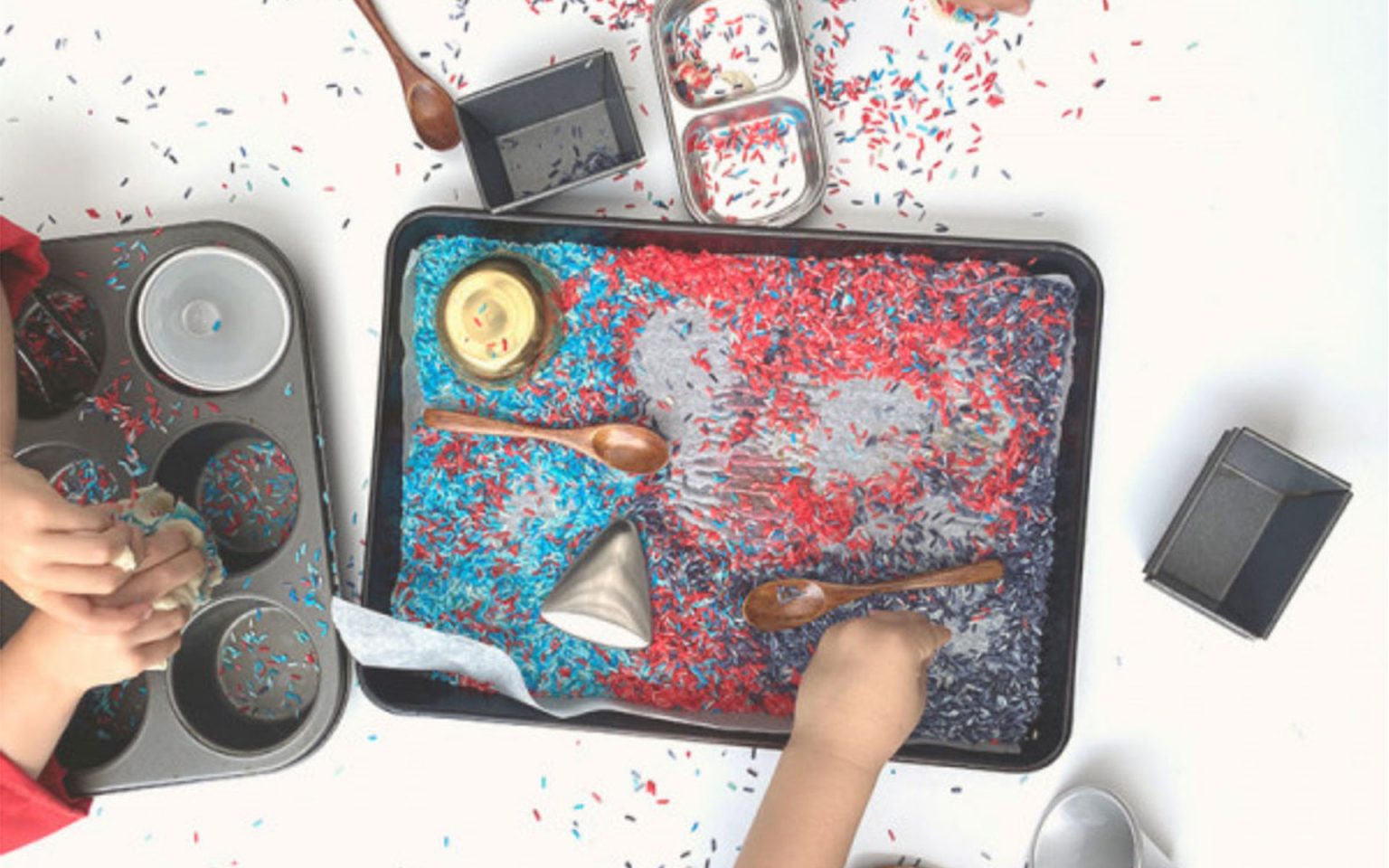WHAT’S IN YOUR CUPBOARD?
Turning everyday, household items into rich learning resources for children
I don’t know about you, but I’m a hoarder of kitchen equipment! I love to cook and as a result, my cupboards are bursting with items I’ve collected over the years. Have you ever considered that your kitchen might hold resources children can interact and play with?
Whilst in the kitchen, my grandchildren will often clamber through my drawers with pure fascination, reminding me that the best learning resources are not always found in a catalogue or exclusively sold for children. The most important thing is for children to be subjected to a variety of experiences and resources in a positive and fun way.
Learning through play is crucial for children in their early years. Exposure to their surrounding world through exploration, time tinkering and imagining, supports the development of social and communication skills, mathematical and scientific concepts, early literacy, and much more. Interacting with real-life objects during play allows children to absorb and re-enact their everyday experiences, which validates their independence.
Whilst household items aren’t limited to dramatic or role play, this is a popular zone in early years settings, and it doesn’t take much to create the physiological sense of awe and thrill using nothing but the items in your cupboard. When resourced well it offers a rich and attractive proposition for cooperative and individual play unencumbered by adults. It is important that this is a safe space for children to immerse themselves in child-led role play, without too much interference from adults, where they are free to let their imagination run wild.
So, let’s unpack your household cupboards and explore some of the experiences you could offer.
1. Reduce, Reuse, Recycle
Hold on to your used packaging! Dedicate space in your kitchen to packaging that will provide familiarity to children in their play. This is also an opportunity to lean on your community to source a diverse range of products in a variety of languages.
This is not limited to kitchen packaging, the bathroom is full of interesting objects children will love to explore, to mimic their daily routines.
Packaging examples include herb and spice containers, food boxes and bags (stuff them with newspaper or recycled packaging to keep them looking full), jars, bags, dish liquid, soap, shampoo bottles, face creams, perfume bottles, etc.
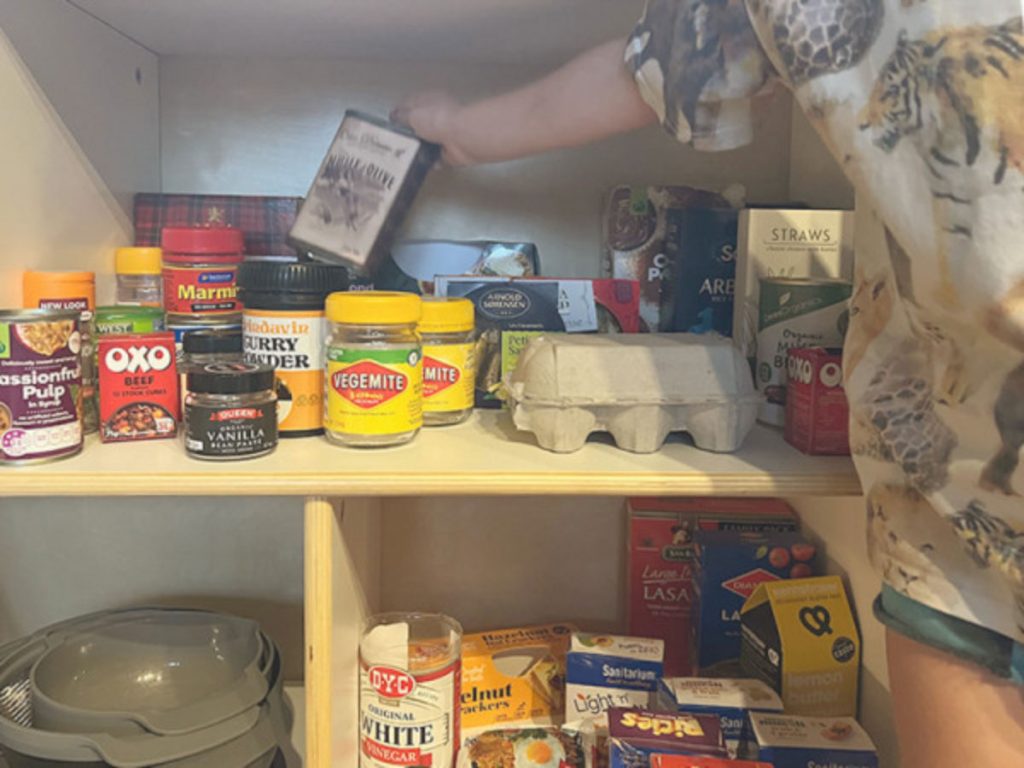
2. Utilise every day tools and utensils
Children grow faster and learn quicker during the first six years than at any other time in their life. During these formative years, children are building their knowledge and understanding of the world through their experiences. When we get a bowl and whisk out to bake a cake children are observing and building a knowledge base of the world around them and their sense of place within it. Incorporating everyday utensils provides children opportunities to practice these observations in a hands-on approach through child-initiated play.
I always recommend collecting adult-sized utensils and equipment. They are familiar, durable, allow for larger motions, and are much more fun and interesting. In addition, they tend to be easier to tidy up, and pieces don’t get lost. Consider the texture and material of these objects. For example, a stainless steel bowl and a variety of spoons can offer exploration of sound and rhythm.
When observing children in this type of play, they will use their communication skills to mimic adults. Experiences observed at home will be imitated and re-enacted through experimental learning. Children will stack, stir, mix, fill, bang, tip, and empty. They pour, shake, roll, mix, pour, and fold.
Examples of everyday tools and utensils include:
- Kitchen tools – colander, sieves, rolling pin, small pots and pans, teapot, coffeepot, cookie cutters, timers, mortar and pestle, whisks, and spoons, cake and muffin tins, small loaf tins, pie moulds, sponges, dishcloths, tea towels, pot holders, etc.
- Appliances with their cords removed – hand mixers, egg beaters, kitchen scales, clocks, telephones, hair rollers, brushes, hairdryers, straighteners, etc.
- Office equipment – envelopes, stamps, seals, stickers, junk mail, keyboards, computer mouse, etc.
- Gardening equipment, toolbox and tools, picnic baskets, etc.
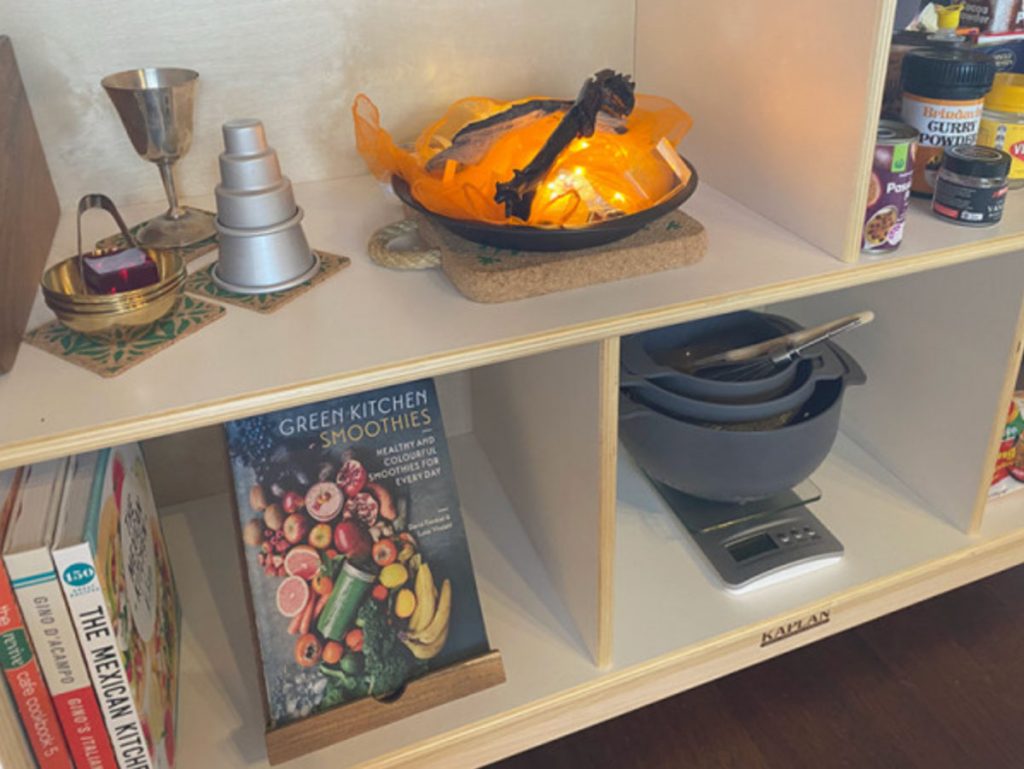
3. Objects promoting and independence
There are many objects we interact with daily to take care of ourselves. Allowing children to use these objects during play to practise their self-help skills builds independence.
Trying on clothes, shoes, hats, and accessories, children will converse, enjoy, and IMAGINE all possibilities through their play.
Examples of personal care items include:
- Dress-up clothes – a variety of fabrics that promote the cultural diversity of the community that can be layered in open-ended play, jewellery, purses and handbags, shoes, hats, belts, head wraps, scarves, hand-held mirrors, etc.
- Suitcases and travel bags may feature in a dramatic play area where the community travels a lot or leading up to a holiday period.
- Bathroom tools – makeup and hair brushes, hairdryers, curling tongs, straighteners with the cords removed, etc.
- Linen – pillowcases, blankets, sheets, bibs, blankets, quilts, pillows, beach towels, sleeping bags, etc.
- Laundry equipment – brush and shovels, brooms, etc.
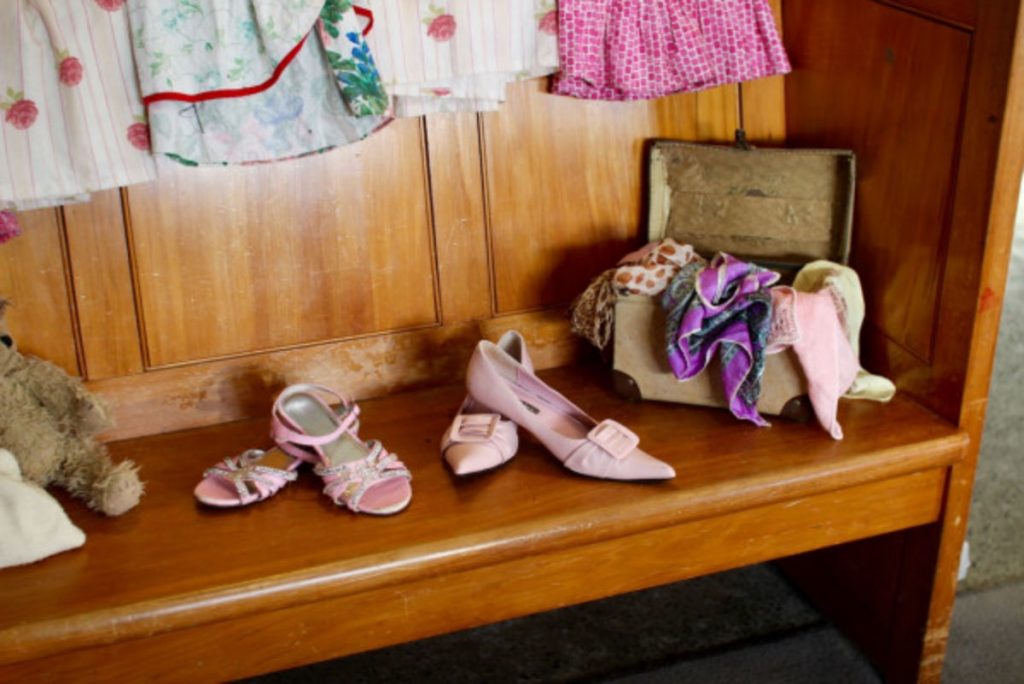
4. Real-world objects and aesthetic decor
Empower and trust children to take care of real-world objects. Setting the table with care using a tea set and a small vase of hand-picked flowers communicates to children that we value their independence. Accidents will happen when first introducing these delicate and special resources. Offer items gradually and model how they are to be used to teach children the responsibility of caring for our resources and the environment. Eventually, you can step back completely and trust that they are capable.
A welcoming space is generally a space that feels familiar and warm. Layering the environment with meaningful objects that provide familiarity for children can be as simple as laying out a tablecloth and recycling a jar to fill with flowers, collecting a range of objects from your garden to create a centrepiece, or filling a pot with fresh herbs for children to care for, pick, and smell. It could be swapping the photographs inside the frames, or filling them with art.
Depending on what children are familiar with and the context of your space, real-world and aesthetic decor may include vases, hammocks, indigenous art, woven mats or quilts, ski equipment, etc.
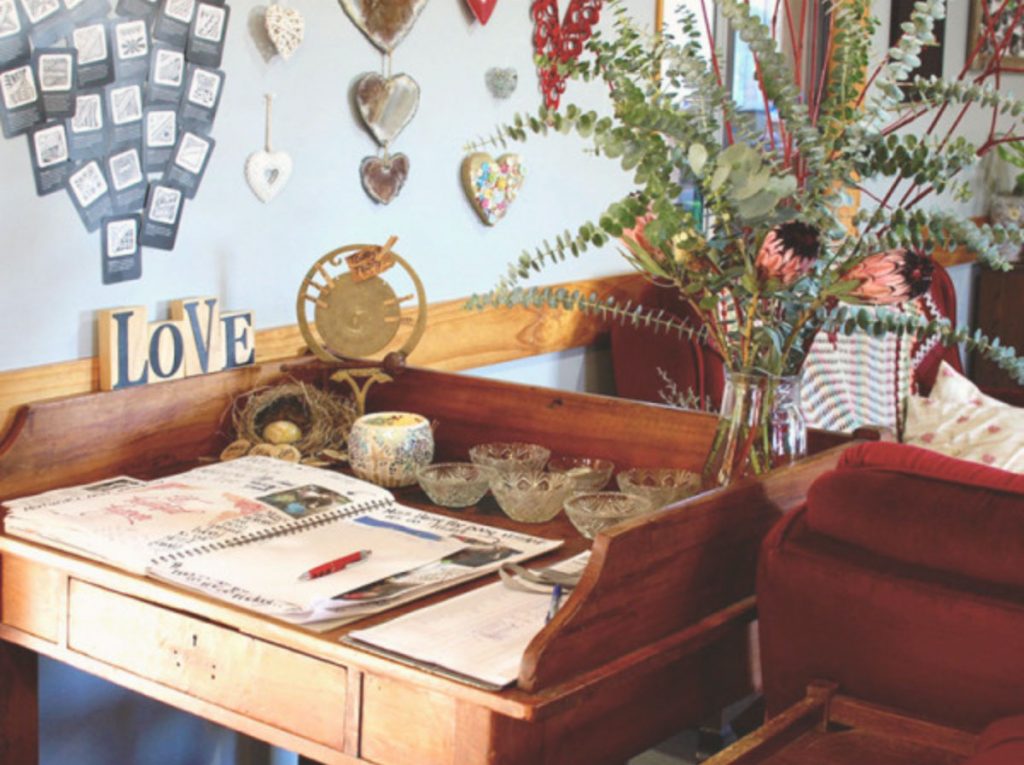
5. Props promoting roles within the community
Children are connected to the wider community through experiences in their everyday lives beyond the home and early childhood environment, such as grocery shopping, taking pets to the vet, filling up a car with petrol, or going to the doctor’s. Noticing, recognising, and responding to these interests is a key opportunity for setting the scene for role play. During these experiences children will play and work together, expressing their fears and feelings, communicating roles responding to one another’s needs and requests.
By drawing on resources we have readily available around the home we can create prop boxes that open learning opportunities such as old loyalty cards, business cards, reference photos and books, cookbooks, picture books, framed pictures of familiar places and people, first aid boxes including plasters, bandages, thermometers, etc.

Follow Enspirement for ideas on how to incorporate your everyday home equipment into opportunities for learning through play. Build your Lookbooks with friends and colleagues, and share your ideas with us to inspire a global community.

